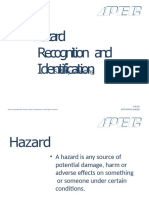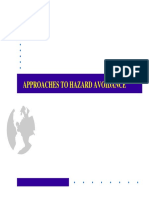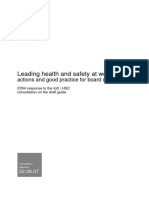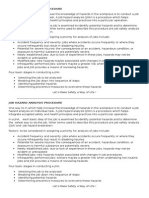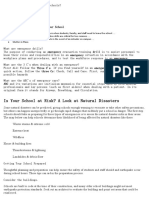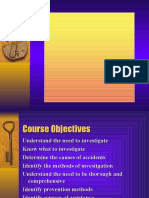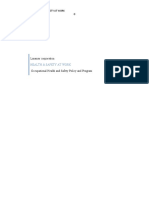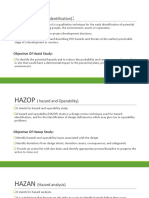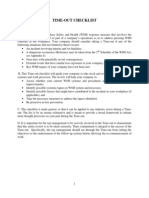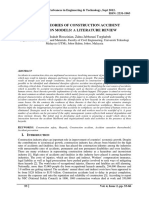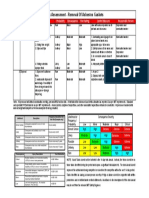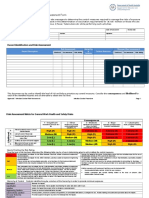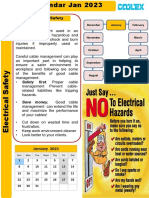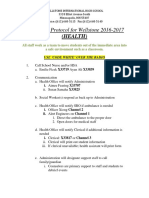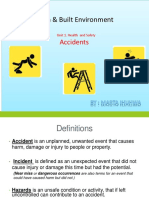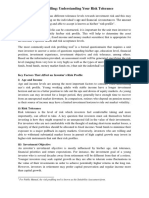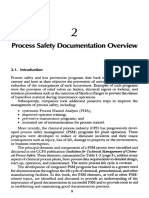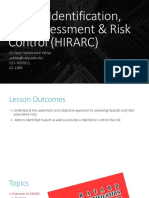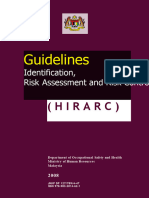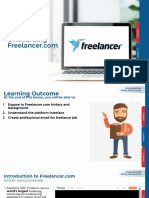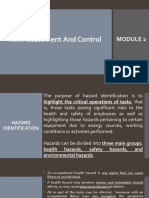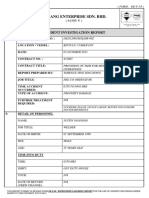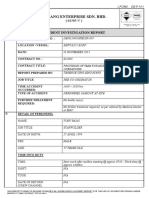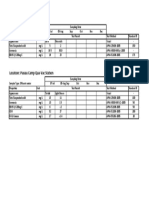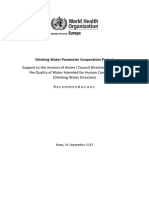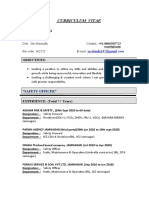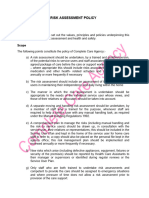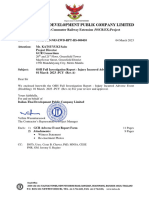0% found this document useful (0 votes)
171 views39 pagesRisk Assessment & Control Guide
The document discusses risk assessment and control. It defines key terms like hazard, risk, danger, and outlines the risk assessment process. The objectives of conducting risk assessment are to identify hazards, assess risks, and determine control measures. It also explains the hierarchy of control and importance of control measures like standard operating procedures, permits to work, housekeeping, signage, and use of personal protective equipment.
Uploaded by
Marvin ReggieCopyright
© © All Rights Reserved
We take content rights seriously. If you suspect this is your content, claim it here.
Available Formats
Download as PPTX, PDF, TXT or read online on Scribd
0% found this document useful (0 votes)
171 views39 pagesRisk Assessment & Control Guide
The document discusses risk assessment and control. It defines key terms like hazard, risk, danger, and outlines the risk assessment process. The objectives of conducting risk assessment are to identify hazards, assess risks, and determine control measures. It also explains the hierarchy of control and importance of control measures like standard operating procedures, permits to work, housekeeping, signage, and use of personal protective equipment.
Uploaded by
Marvin ReggieCopyright
© © All Rights Reserved
We take content rights seriously. If you suspect this is your content, claim it here.
Available Formats
Download as PPTX, PDF, TXT or read online on Scribd
/ 39



